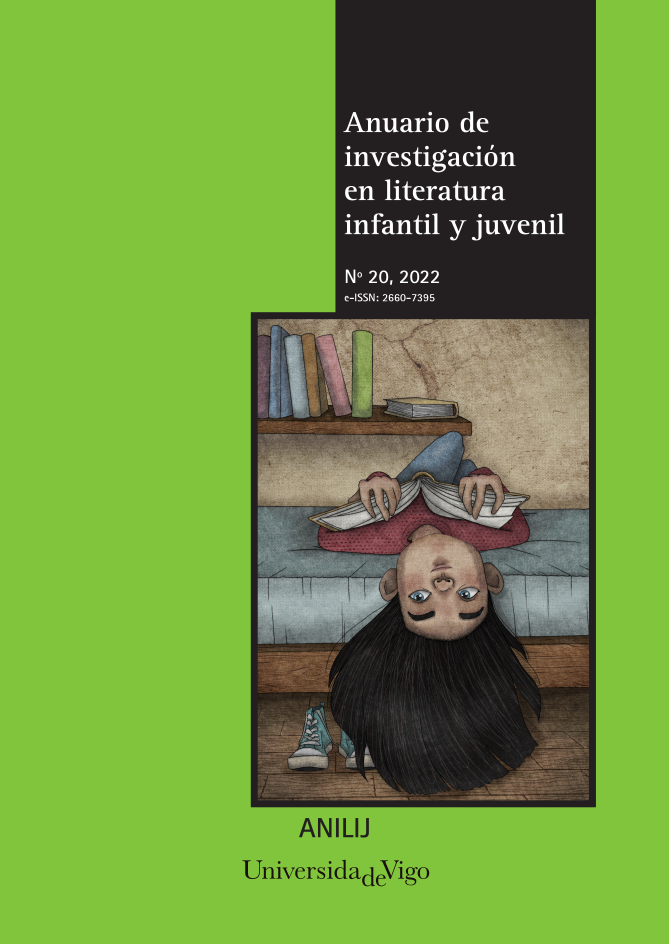Another view of genders stereotypes in traditional tales. When men sleep
«The sleeping prince»
DOI:
https://doi.org/10.35869/ailij.v0i20.4281Keywords:
Classic Fairy Tales, Sleeping Beauty, Sleeping Prince, Feminist Criticism, Textual AnalysisAbstract
In recent times, traditional tales have been accused of being sexist and, therefore, their reading has not been advised. In this work, part of the feminist, psychoanalytic and social criticism will be reviewed in order to subsequently analyze in a comparative manner various stories starring male and female sleepers. Specifically, the analysis will start from the version of “The sleeping prince” collected by Rodríguez Almodóvar (1983, 2015). Then, a comparative analysis with other male sleepers of the tradition, such as Endimión or Cupid, will be carried out. Likewise, “The Sleeping Prince” will be compared to the most widespread versions of “Sleeping Beauty” (Perrault and Grimm). The analysis will take into account the distribution of the functions that Propp points out; it will enable us to conclude that the meaning is the same, regardless of the characters that fulfill the function in each of the versions: awakening to adulthood, if we accept psychoanalytic interpretations. Also, the role of a heroine seeker of the princess protagonist of “The sleeping prince” will reveal that there are many traditional tales in which active, strong, rebellious, and savior women do predominate.
Downloads
Downloads
Published
Issue
Section
License

This work is licensed under a Creative Commons Attribution-NonCommercial-NoDerivatives 4.0 International License.
Anuario de Investigación en Literatura Infantil y Juvenil has been published in open access from 2019 (vol. 17). The journal allows the authors to retain publishing rights. Authors may reprint their articles in other media without having to request authorization, provided they indicate that the article was originally published in Anuario de Investigación en Literatura Infantil y Juvenil. The journal holds the copyright of printed issues (volumes 0-16).





